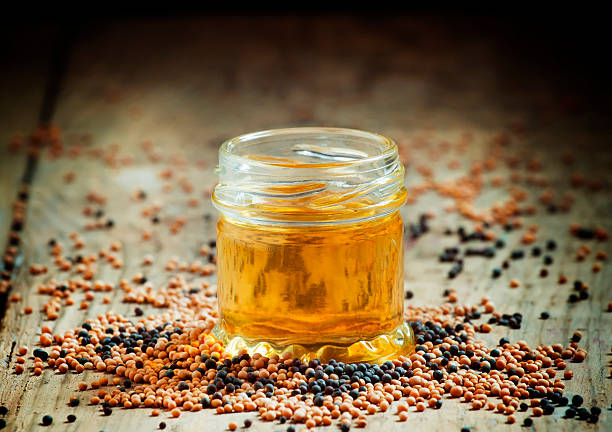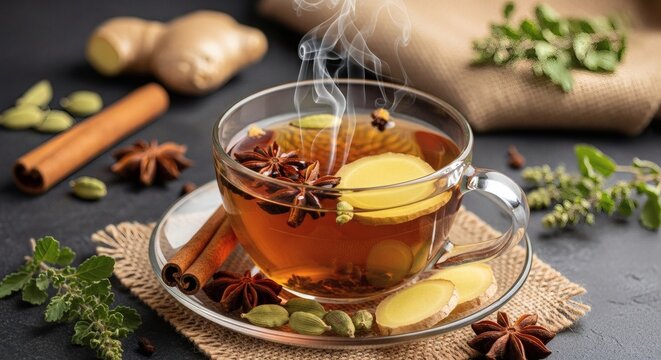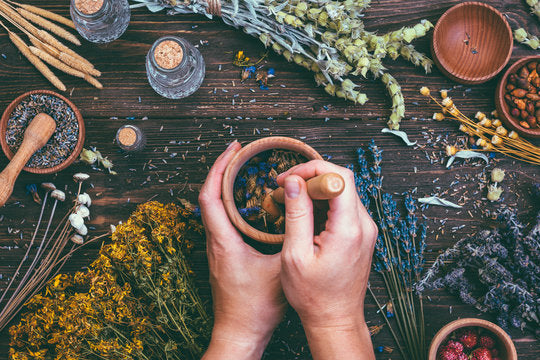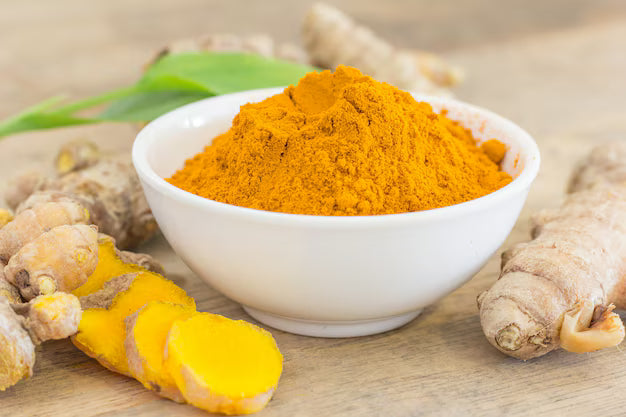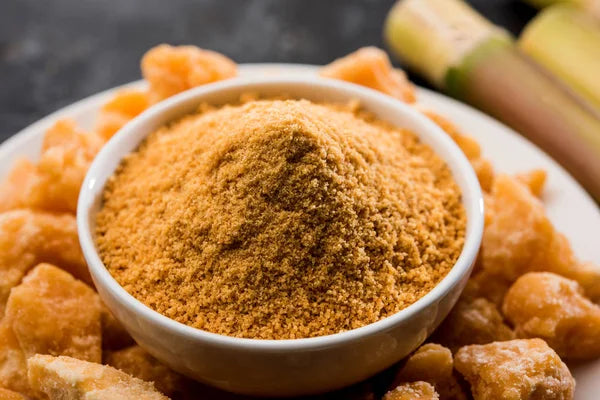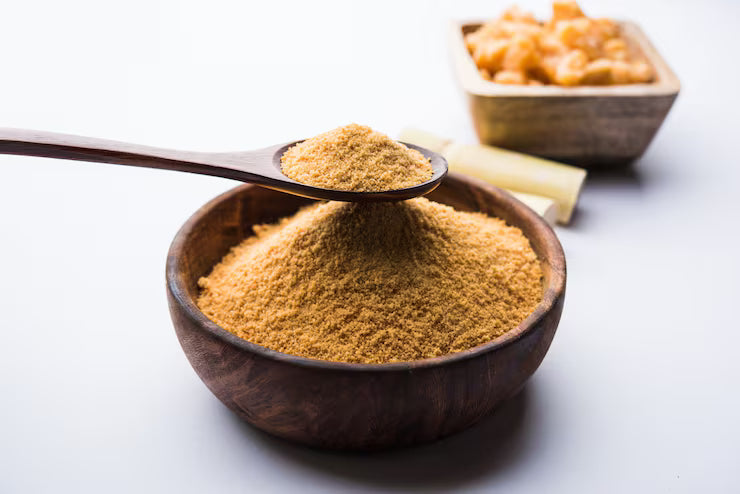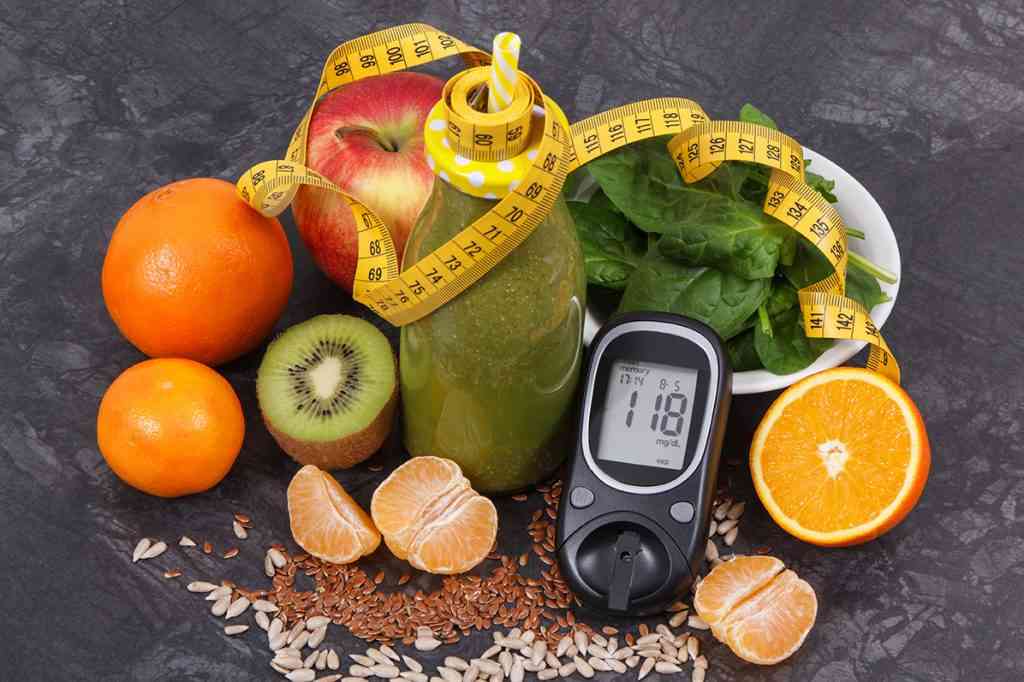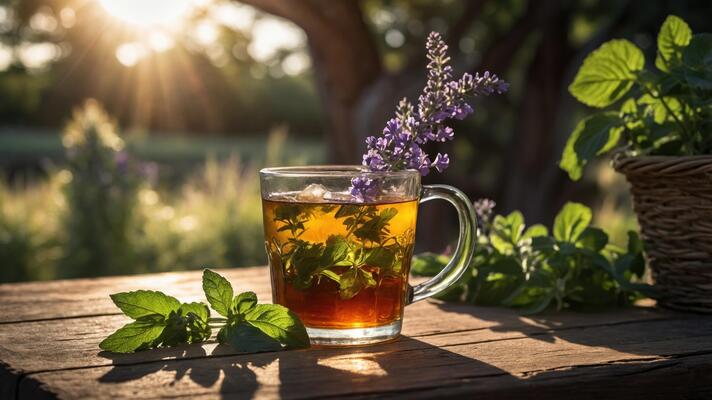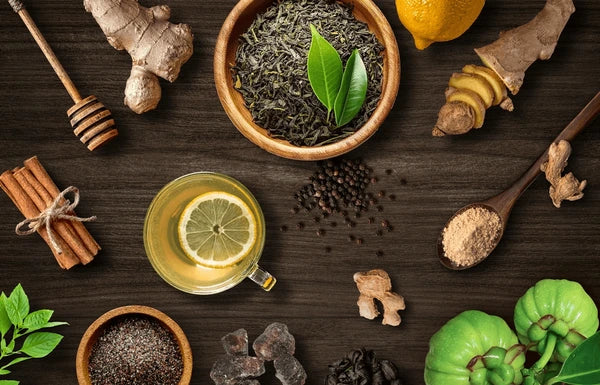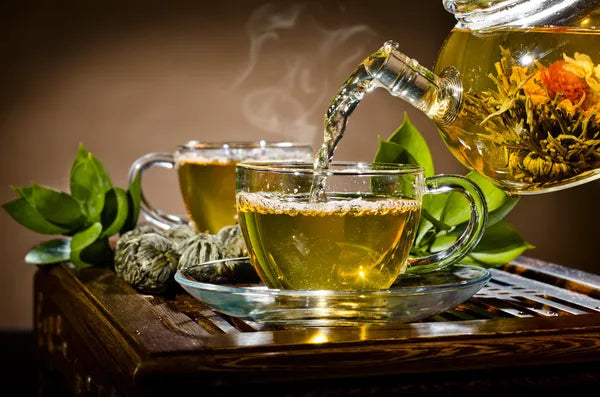Read Time: 7 Minutes
9 Simple Steps to Remove Hard Plaque from Teeth Naturally

Are Yellow Stains, Bleeding Gums, or Relentless Bad Breath Stealing Your Confidence? You brush twice a day, avoid sweets, and still find yourself hiding your smile. That gritty texture on your teeth? The metallic taste in your mouth? The frustration of mints that fade in minutes? These aren’t just “cosmetic flaws”—they’re signs of hard plaque on teeth, also known as Dantasharkara, the hardened plaque that 7 in 10 adults silently struggle with.
Modern dentistry scrapes plaque on teeth temporarily, but Ayurveda asks: Why does plaque build up again?
The answer lies in your body’s inner ecosystem. Ancient texts like the Charaka Samhita reveal that that dental plaque isn’t just a dental nuisance, it’s a cry for help from aggravated Vata (dryness), Pitta (inflammation) dosha, and toxin buildup. The result? A vicious cycle of sticky biofilm, receding gums, and eroded enamel.
But there’s hope. In this guide, you’ll discover 9 simple Ayurvedic steps for plaque removal no harsh chemicals or expensive procedures. Learn how to remove plaque from teeth at home, using time-tested remedies like neem, Triphala, and oil pulling. Plus, see how Ayurdent, an authentic Ayurvedic toothpaste, targets tartar on teeth at its root—unlike modern pastes that only mask symptoms
What is a Dental Plaque?
Dental plaque is a sticky, colourless film of bacteria, food debris, and saliva that coats teeth and gums. When unchecked, it hardens into tartar on teeth (Dantasharkara), a gravel-like deposit that bonds to the enamel. As per Ayurveda, plaque (Dantamala) forms when Vata (dryness) and Pitta (heat) imbalances contribute to the drying process of mala on teeth. A crusty deposit can trap stain on the teeth & can even create perfect environment for plaque build up.
 How is Hard Plaque Formed?
How is Hard Plaque Formed?
Plaque starts forming when oral bacteria feed on sugars and starches. These bacteria release acids that damage enamel and create sticky biofilm. Within 24–48 hours, this biofilm calcifies into hard plaque (or hardened plaque) if not removed—leading to chronic buildup and dental complications.
The Dangers of Hard Plaque on Teeth
- Tartar (Dantasharkara): Cement-like deposits requiring professional removal.
- Bad Breath (Mukhadaurgandhya): Caused by bacterial waste trapped in plaque on teeth.
- Cavities & Gum Disease (Shitada): Acid erosion weakens enamel and inflames gums.
- Tooth Loss: Advanced gum disease destroys supportive tissues.
-
Kapalika ( Enamel Erosion) : Hardened plaque peels enamel layers, permanently damaging teeth.
Why Does Plaque Form? Key Causes
- Poor Oral Hygiene: Inconsistent brushing or incorrect techniques.
- Sugary/Starchy Diets: Feeds plaque-causing bacteria.
- Low Saliva Production: Dry mouth accelerates tartar buildup.
- Smoking & Dehydration: Reduces saliva's natural cleansing.
According to the Charaka Samhita, plaque (Dantamala) forms when Vata (dryness) and Pitta (heat) imbalances disrupt oral tissues. Excess Vata dries saliva (Bodhak Kapha), while aggravated Pitta inflames gums, creating a breeding ground for bacteria. This imbalance allows Ama (toxins) to accumulate, hardening into Dantasharkara (tartar) that clings to enamel like gravel.
 9 Ayurvedic Steps for Hard Plaque Removal
9 Ayurvedic Steps for Hard Plaque Removal
Step 1: Adopt Teeth-Friendly Eating Habits (Ahara)
Avoid Viruddha Ahara (incompatible foods) like cold desserts after hot meals, which aggravate Vata and Pitta, drying saliva. Embrace Madhura (sweet) and Snigdha (unctuous) foods like apples and amla to balance Kapha and cleanse teeth naturally. Switching to Ayurvedic toothpaste like Ayurdent Classic, formulated with Vajradanti (anti-plaque), Majuphal (pH balancer), and Shunthi (ginger for saliva stimulation), addresses the root cause—imbalanced Bodhak Kapha. Its herbs prevent Ama buildup, ensuring saliva (Kaphaja secretion) neutralizes acids and remineralizes enamel.
Testimonial:
"Cutting soda, snacking on apples and switching to Ayurdent toothpaste has reduced my plaque by 50% in a month." – Geeta, 52.
Step 2: Hard Plaque Removal Technique from Efficient Brushing
Using tooth powders that are not finely ground can damage the enamel due to the presence of hard particles
Herbal Toothpaste: Ayurvedic toothpaste like Ayurdent Classic combines Vajradanti (anti-plaque), Majuphal (pH balancer), and Shunthi (ginger), which stimulates Bodhak Kapha—Ayurveda term for saliva production).
Technique: Brush for 2 minutes, using gentle circular motions. Focus on the gum line where plaque on teeth forms.
Step 3: Weekly Herbal Twig Brushing (Dantadhawan)
Chew neem, babool, or liquorice twigs once a week. Their fibrous texture scrapes off hard plaque, while their Kashaya (astringent) rasa balances saliva’s pH and purifies the oral microbiome.
Tip: Soak twigs overnight in warm water to soften them
Step 4: Pratisarana (Herbal Gum Massage)
Massage gums with Dashansansakar Churna. Its astringent herbs reduce inflammation and help remove dental plaque before it hardens
Step 5: Oil Pulling with Sesame Oil
Swish 1 tbsp of warm sesame oil (Teekshna—piercing action to dislodge toxins, Lekhan—scraping quality to dissolve tartar) for 15–20 minutes daily. This ritual aligns with Ayurveda’s Shodhana (purification) principles, drawing out Ama (toxins) and softens hardened plaque.
Testimonial:
"Oil pulling + Ayurdent Classic has helped me with whiter and healthier teeth within 6 weeks!" – Arun, 47.
Step 6: Kawal (Triphala Mouthwash)
Boil 2 tsf of triphala powder into 2 cup of water and boil to reduce it to half; strain and than use it as a mouthwash in 2 cups water. Cool, strain, and gargle twice daily. Triphala's Kashaya (astringent) properties prevents plaque formation and tightens gums, essential for long-term plaque removal.
Step 7: Hydration and Natural Saliva Boosters
Drink Water: Sip water to keep yourself hydrated for proper saliva production as Saliva is very essential for oral health...it naturally cleanses ur mouth... if it is low ; food particles will stick around ur teeth creating a perfect environment for plaque deposition. saliva neutralises the acid produced by the bacteria in oral cavity( after meals) , if saiva is less ; acid stay longer resulting more plaque and more decay.
Chew Fennel Seeds: Stimulates saliva post-meals.
Use Saliva-Boosting Herbs: Opt for an Ayurvedic toothpaste like Ayurdent, which contains Shunthi (ginger) to enhance saliva flow and remineralize enamel.
Step 8: Remove Plaque deposition at Home
Baking Soda & Salt Scrub: Mix 1 tsp baking soda with a pinch of salt. Gently scrub 2x/week to dissolve plaque.
Dry Mango Seed Powder: Polishes stains and removes surface-level tartar on teeth.
Neem Powder: Mix with water for an antibacterial paste.
Step 9: Schedule Regular Dental Checkups
Even if you follow every step, some hardened plaque may require a dentist’s help. Combine professional scaling with Ayurvedic routine for complete plaque removal success.
Testimonial:
“Switching to Ayurdent Classic toothpaste on time has helped me avoid root canal treatment”– Meena, 56.
Conclusion: Your Path to a Plaque-Free Smile
Removing hard plaque from teeth isn't just about scrubbing harder—it's about aligning with Ayurveda's holistic approach to oral health. From herbal toothpaste like Ayurdent Classic to Pratisarana massages, try using these 9 Simple Steps to Remove Hard Plaque from Teeth at its root. And, remember, hardened plaque or Dantasharkara thrives on neglect. Stay consistent with your routine, keep yourself hydrated, and let powerful Ayurvedic herbs remove plaque, prevent tartar build-up, and restore your dental balance naturally.
Ready to Transform Your Smile?
Try Ayurdent Ayurvedic Toothpaste—formulated with herbs like Vajradanti and Triphala to target hardened plaque, support gum health, and reduce plaque on teeth.
FAQs
1. Can I remove plaque and tartar at home?
Yes! Oil pulling, herbal toothpaste, and diet shifts prevent plaque buildup resulting with removal of plaque. But, the existing tartar needs professional cleaning.
2. What's the best Ayurvedic herb for plaque?
Neem, triphala, and meswak. Ayurdent toothpaste combines all three.
3. How does oil pulling work?
It "pulls" bacteria and toxins from gums, reducing plaque and whitening teeth.
4. Which foods worsen plaque?
Cheese, chocolates those stick to the teeth
5. Can Ayurveda reverse plaque?
Yes! Herbs like Vajradanti break down biofilm, practicing oral hygiene can help prevent plaque formation stop recurrence.
6. How often should I gargle with Triphala?
Twice daily for optimal results. Or before bedtime if once.
Popular Posts

Why Winter Makes Your Knees Ache: Vata-Balancing Tips & How to Use Pirant Oil
22 Dec, 2025Winter often brings an unwelcome rise in knee pain. Modern science and Ayurveda explain why joint...
Read more
Why Oral Care is a Daily Detox Ritual in Ayurveda
22 Dec, 2025Introduction — The Mouth as the Gateway to Health In Ayurveda, digestion is the foundation of ...
Read more
How to Improve Gut Health with Ayurveda
19 Dec, 2025Introduction Ayurveda has always emphasised that the root of health and disease lies in the gu...
Read more



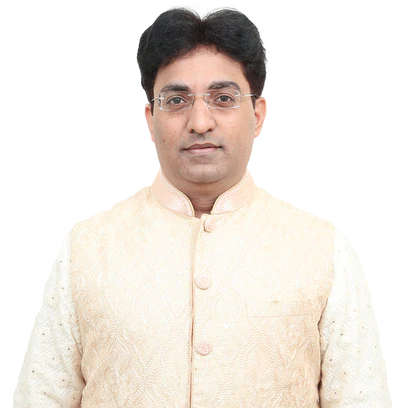

 Popular Read
Popular Read


































